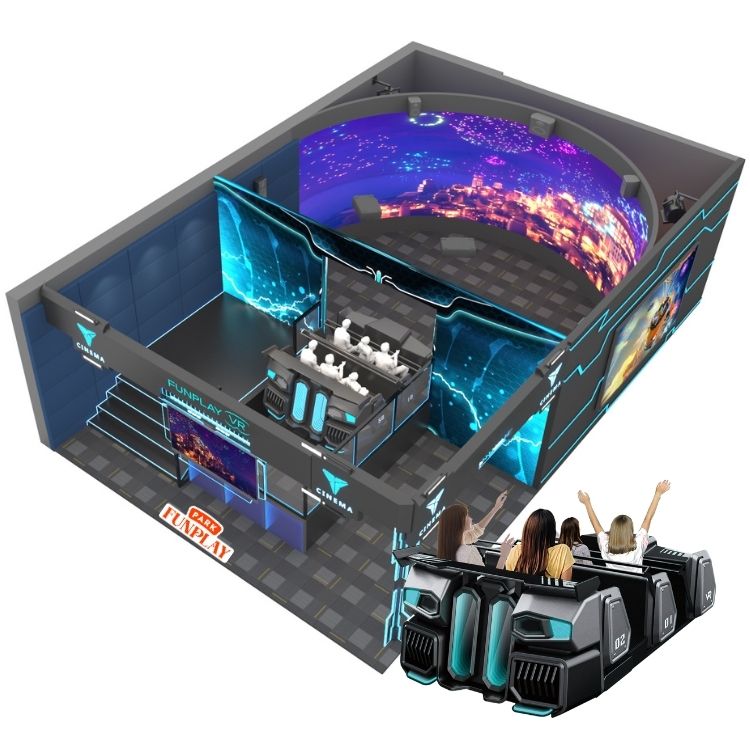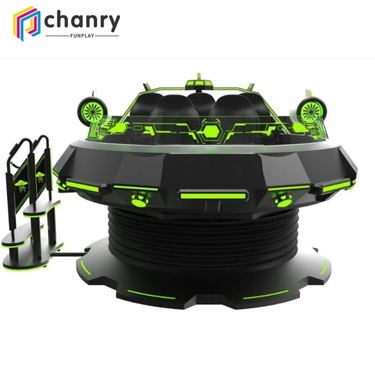In the realm of visual display technology, a significant shift is underway. LED (Light Emitting Diode) screens are increasingly supplanting traditional projectors, offering a new standard in image quality and performance. With the capability to deliver resolutions up to 6K and even 8K, LED displays are becoming the go-to choice for various entertainment applications, including circular screen cinemas.
The Advantages of LED Displays:
- High Resolution: LED screens can provide incredibly detailed images, with resolutions surpassing 4K and reaching into the 6K and 8K range.
- Brightness and Contrast: Unlike projectors, which can struggle in well-lit environments, LED displays offer high brightness and excellent contrast ratios, ensuring vivid imagery in any setting.
The Transition to LED Technology:
- Superior Image Quality: The pixel density and light output of LED displays create a more immersive and lifelike visual experience.
- Longevity: LED screens have a longer lifespan compared to projectors, reducing the need for frequent replacements and maintenance.
Applications of LED Displays in Entertainment:
- Circular Screen Cinemas: The 360-degree immersive experience of circular screens is greatly enhanced by the high-resolution and wide color gamut of LED technology.
- Theme Parks: Dynamic LED displays are used for ride simulations and interactive experiences, providing guests with a more engaging and realistic adventure.
- Live Events: Concerts, sports events, and conferences benefit from the use of LED screens for real-time video playback and interactive content.
Innovations in LED Display Technology:
- Modularity: LED screens are composed of modular panels, allowing for flexible installation and the ability to create custom screen sizes and shapes.
- HDR Support: Many LED displays support High Dynamic Range (HDR) content, offering even greater detail in both dark and bright areas of the image.
- Interactive Capabilities: Some LED screens incorporate touch and gesture recognition, opening up new possibilities for interactive experiences.
Challenges and Considerations:
- Cost: While the initial investment in LED technology can be higher, the long-term benefits in terms of performance and durability are significant.
- Integration: Seamlessly integrating LED displays with existing systems and content management platforms is crucial for a successful transition.
The Future of LED Displays:
- Continued Advancements: As technology progresses, LED displays are expected to become even more efficient, with higher resolutions and better color reproduction.
- Wider Adoption: The entertainment industry is poised to embrace LED displays more widely, as their benefits become increasingly apparent.
The transition from projectors to LED displays is not just a trend but a significant leap forward in visual technology. With their exceptional image quality, adaptability, and long-term value, LED screens are set to redefine the entertainment landscape. As the technology continues to evolve, we can expect to see even more innovative applications of LED displays in the world of entertainment.




